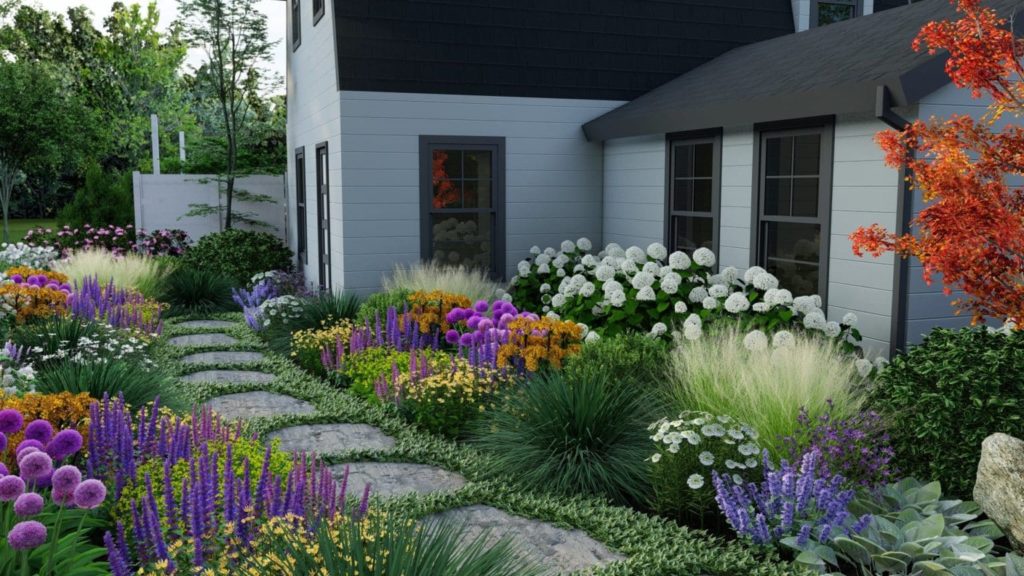
Gardening for Wildlife: Attracting Birds, Bees, and Butterflies to Your Garden
Gardens are not just beautiful spaces for us to enjoy; they can also serve as vital habitats for wildlife. By creating a garden that attracts birds, bees, and butterflies, you can contribute to the conservation of these important creatures while enjoying the wonders of nature right in your backyard. In this article, we will explore various techniques and practices to transform your garden into a haven for wildlife.
- Plant Native Species: Native plants are well-adapted to your local ecosystem, making them an excellent food source and shelter for native wildlife. Research which plants are indigenous to your area and incorporate them into your garden. Native flowers, shrubs, and trees will provide nectar, pollen, and seeds that attract birds, bees, and butterflies.
- Create a Water Source: Provide a water source in your garden to attract a wide range of wildlife. A birdbath, shallow pond, or even a small container filled with water can serve as a refreshing oasis for birds to drink and bathe. Be sure to regularly clean and refill the water source to ensure its freshness.
- Provide Shelter and Nesting Spaces: Include diverse structures in your garden to provide shelter and nesting spaces for wildlife. Install birdhouses, nesting boxes, or bird feeders to encourage birds to make your garden their home. Create brush piles or leave fallen leaves and branches in a secluded area for insects and small mammals to seek shelter.
- Plant for Continuous Bloom: To attract and sustain pollinators such as bees and butterflies, aim for a garden that offers continuous blooms throughout the seasons. Select plants with staggered blooming periods, ensuring a steady supply of nectar and pollen. This will not only provide food for wildlife but also add color and beauty to your garden.
- Minimize Chemical Use: Reduce or eliminate the use of pesticides and herbicides in your garden. These chemicals can be harmful to wildlife and disrupt the delicate balance of your ecosystem. Embrace natural pest control methods such as companion planting, encouraging beneficial insects, and manually removing pests.
- Create Habitat Diversity: Design your garden to include a variety of habitats. Plant different layers of vegetation, such as tall trees, shrubs, and groundcover, to accommodate different species. Add rocks, logs, or a small wildlife-friendly area with native grasses to provide additional habitat options.
By transforming your garden into a wildlife-friendly sanctuary, you not only create a beautiful space but also contribute to the conservation and well-being of birds, bees, and butterflies. With native plants, a water source, shelter, continuous blooms, and a pesticide-free environment, your garden can become a haven for wildlife to thrive and flourish. Embrace the harmony of nature and enjoy the mesmerizing sights and sounds of these incredible creatures in your own backyard.
For further tips and guidance on attracting wildlife to your garden, feel free to reach out to me at [email protected]. Happy gardening and may your garden be filled with the delightful presence of birds, bees, and butterflies!